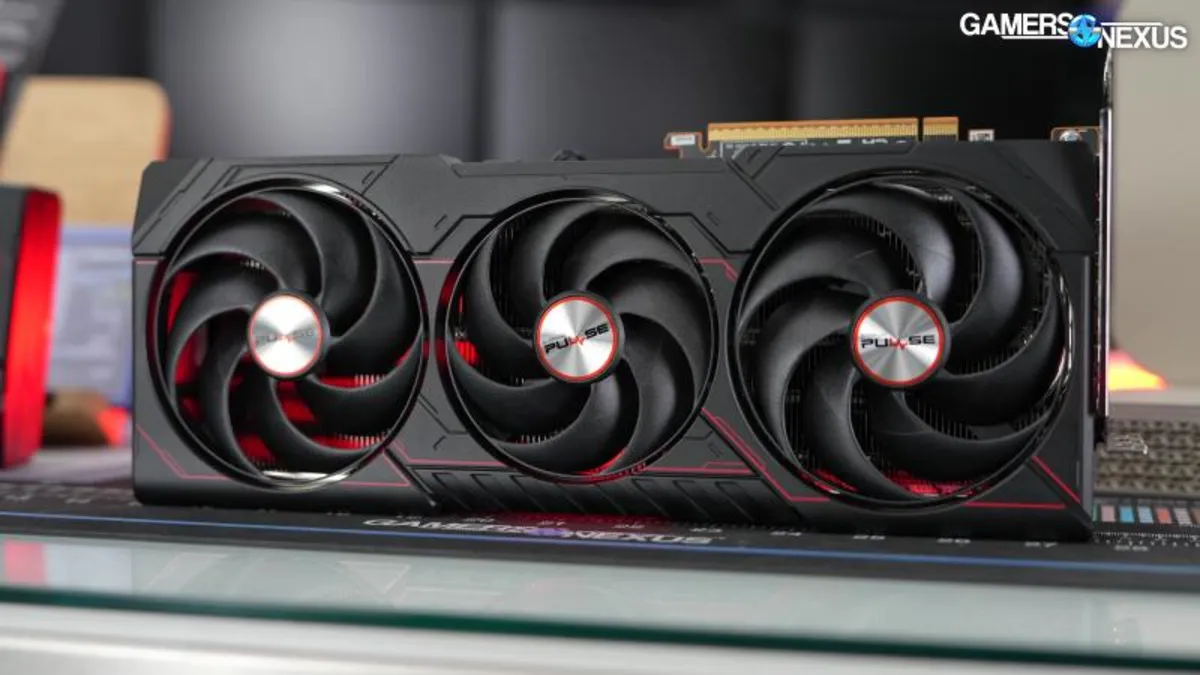
In the world of ray tracing, the performance of the AMD RX 9070 XT has sparked considerable discussion. While AMD's latest offering makes significant improvements over its predecessors, it still faces stiff competition from NVIDIA. The 9070 XT marks a notable upgrade in AMD's RDNA 4 architecture, but the results in various benchmark tests reveal both strengths and weaknesses.
The AMD RX 9070 XT launched alongside the RX 9070, showcasing substantial architectural changes. With a focus on performance, the 9070 XT features a 64 compute unit (CU) model and is marketed with a thermal design power (TDP) of 304W. Both cards utilize GDDR6 memory with a capacity of 16GB and a bandwidth of 20 Gbps over a 256-bit bus, which is advantageous for handling heavier ray tracing workloads.
While AMD has made strides in ray tracing, particularly by doubling the ray intersection rate and introducing new architectural features, it still trails behind NVIDIA in many scenarios. For example, in tests like Black Myth: Wukong, the 9070 XT struggles compared to NVIDIA's offerings, although it performs competitively in mixed load ray tracing games.
The anticipated pricing for the AMD RX 9070 XT and RX 9070 is set around $600. However, the graphics card market continues to face challenges with scalping and availability. Unlike the previous 50-series cards from NVIDIA, AMD has hinted at better supply for the 9070 series, potentially easing some pricing pressure. As reviews are published before the cards' launch, actual market prices remain uncertain, but initial indications suggest these cards could offer good value for performance.
In our benchmarks, the RX 9070 XT demonstrated strong performance across various titles. For example, in Dragon’s Dogma 2 at 4K, the 9070 XT achieved an average of 70 FPS, placing it between the RTX 4080 and RTX 3090 Ti. This performance level indicates that, at its $600 MSRP, the 9070 XT offers nearly 95% of the performance of the $750 RTX 5070 Ti, which is an impressive result.
At 1440p, the RX 9070 XT nearly matched the RTX 5070 Ti, with only a 3% difference in performance. This close performance suggests that for gamers using 1440p displays, the 9070 XT is a compelling option. However, at 1080p, the RX 9070 XT maintained its competitive position with an average of 145 FPS, closely trailing the 5070 Ti.
When it comes to ray tracing performance, the RX 9070 XT still has room for improvement. In Black Myth: Wukong at 4K with ray tracing enabled, the card averaged only 29 FPS, significantly trailing the RTX 5070 by 38%. However, the RX 9070 XT showed promise in less demanding ray tracing scenarios, such as in Dragon’s Dogma 2, where it achieved an average of 61 FPS.
In Dying Light 2, the RX 9070 XT performed competitively but still fell short of the NVIDIA cards, particularly in terms of efficiency. The efficiency metrics showed that while AMD has improved, NVIDIA still holds an advantage in overall power efficiency.
Overall, the AMD RX 9070 XT represents a significant leap forward for AMD, particularly in rasterization performance. It generally performs within 5-6% of the RTX 5070 Ti in various benchmarks, showcasing its competitive edge. However, in the realm of ray tracing, NVIDIA remains the clear leader. The RX 9070 XT's success will depend heavily on its pricing and availability in a market still dominated by NVIDIA.
In summary, while the RX 9070 XT is a solid choice for gamers seeking high performance at a competitive price, it must continue to evolve its ray tracing capabilities and power efficiency to challenge NVIDIA effectively in the future.